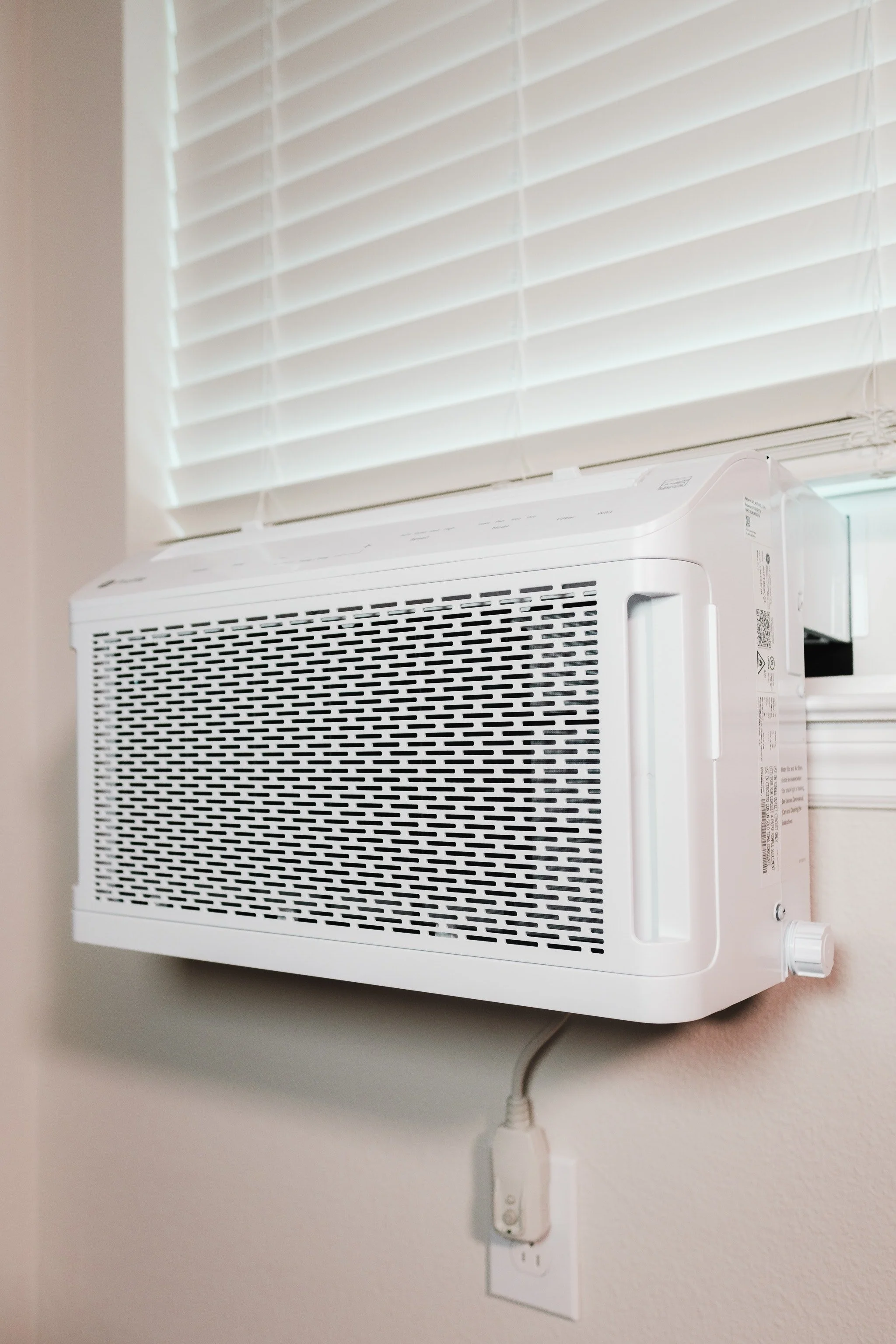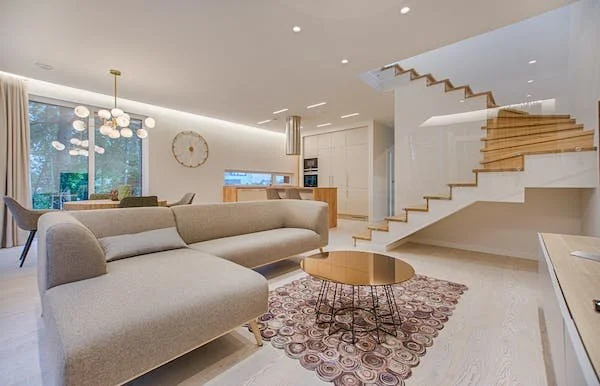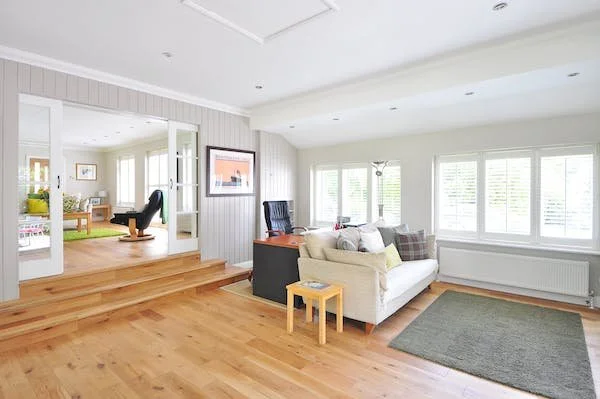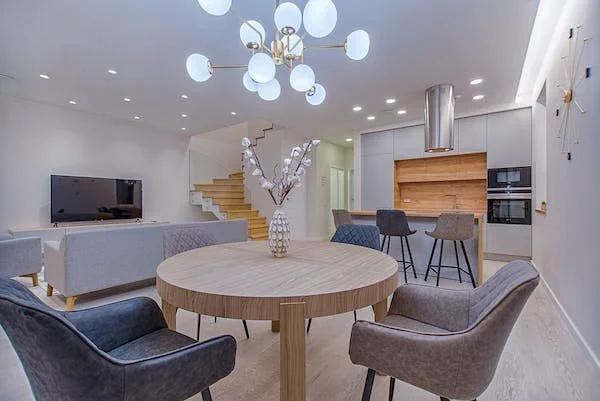The Importance Of Proper Roofing Maintenance: Useful Tips
RH Business Marketing Solutions
Whether you have asphalt shingles, clay tiles, or any other roofing material, regular maintenance is essential. It allows you to detect and address minor issues before they escalate into major problems that could compromise your home's safety and comfort. By devoting some time and effort to maintaining your roof, you can safeguard your property from water leaks, structural damage, and other potential hazards. So, join us as we explore practical tips for roof maintenance, including inspections, gutter cleaning, tree trimming, moss and algae prevention, prompt repairs, and keeping your roof free from debris. By implementing these suggestions, you'll gain peace of mind and enjoy a resilient roof that protects your home for years to come.
Conduct Regular Inspections
Regular inspections are crucial for identifying any signs of damage or wear on your roof. Perform visual inspections from the ground using binoculars to spot missing or damaged shingles, cracked tiles, or loose flashing. Additionally, conduct interior inspections to check for water stains, leaks, or dampness in your attic or ceiling. Addressing these issues promptly can prevent further damage and the need for a costly roof replacement in the future. Consider scheduling professional inspections every few years to get a comprehensive assessment of your roof's condition.
Clean Gutters and Downspouts
Clogged gutters and downspouts can lead to water accumulation on your roof, causing damage over time. Make it a routine to clean your gutters at least twice a year, especially during the fall when leaves and debris are more likely to accumulate. Ensure that the downspouts are clear of obstructions, allowing rainwater to flow freely away from your roof and foundation. By maintaining clean gutters and downspouts, you prevent water backup and protect your roof from unnecessary stress, reducing the likelihood of premature replacement.
Trim Overhanging Trees
When tree branches extend over your roof, they pose various risks. During storms or high winds, these branches can break and cause significant damage to your roof's surface, shingles, or tiles. They can also scrape against the roof, wearing away protective layers. Furthermore, branches provide a pathway for animals, such as squirrels or raccoons, to access your roof and potentially cause further damage. Regularly trimming overhanging trees minimizes these risks and helps preserve your roof's integrity. By preventing potential damage, you can avoid costly repairs or even the need for a complete replacement. Consult with a professional arborist or tree service to safely and properly trim back branches that encroach on your roof, ensuring a safer and more secure roofing system.
Address Moss and Algae Growth
Moss and algae growth can not only affect the aesthetic appeal of your roof but also cause long-term damage. These organisms retain moisture, which can lead to shingle or tile deterioration. To remove moss or algae, use a solution of equal parts water and bleach, applying it to affected areas with a sprayer or a soft brush. Take caution not to damage the roof surface while cleaning. Alternatively, consider using commercially available moss and algae treatments. Regularly removing moss and algae growth can preserve the integrity of your roof, preventing the need for extensive repairs or replacement.
Ensure Adequate Attic Ventilation
Proper attic ventilation is essential for maintaining a healthy roof. Inadequate ventilation can result in excessive heat buildup, leading to accelerated deterioration of shingles or tiles. It can also cause condensation and moisture-related issues, promoting mold growth and wood rot. Consult with a professional to assess your attic's ventilation and make any necessary adjustments that can both prevent future issues, as well as fix current problems. Adequate airflow will help regulate temperature and moisture levels, extending the life of your roof and minimizing the chances of premature replacement.
Act Promptly on Repairs
Timely repair is crucial when it comes to maintaining your roof's integrity. Ignoring minor issues such as small leaks or damaged shingles can lead to more significant problems down the line, requiring a complete replacement. As soon as you notice any signs of damage or deterioration, take immediate action. Replace missing or damaged shingles, fix leaks, and repair flashing or sealant issues promptly. It's advisable to hire a professional roofing contractor to handle complex repairs, ensuring that the work is done correctly and efficiently. By acting promptly on repairs, you prevent further damage to your roof and extend its lifespan, ultimately saving you from the expense and hassle of a full replacement.
Taking the time to implement these useful tips for proper roofing maintenance can save you significant time, money, and stress in the long run. Regular inspections, gutter cleaning, tree trimming, addressing moss and algae growth, and ensuring proper attic ventilation are all critical aspects of maintaining a durable and reliable roof. By staying proactive and addressing minor issues promptly, you can avoid the need for costly replacement and enjoy the peace of mind that comes with a well-maintained roof. Remember, when it comes to your roof, prevention and regular maintenance are key to its longevity and overall performance.

























